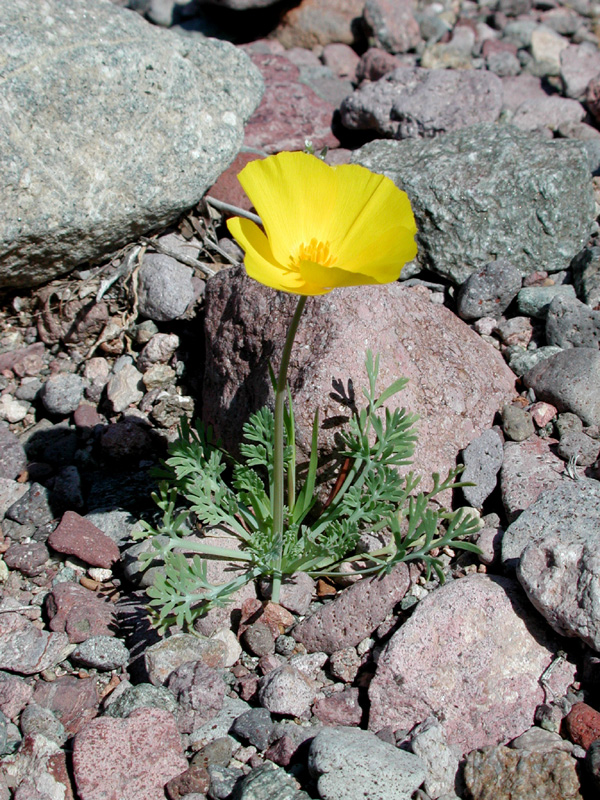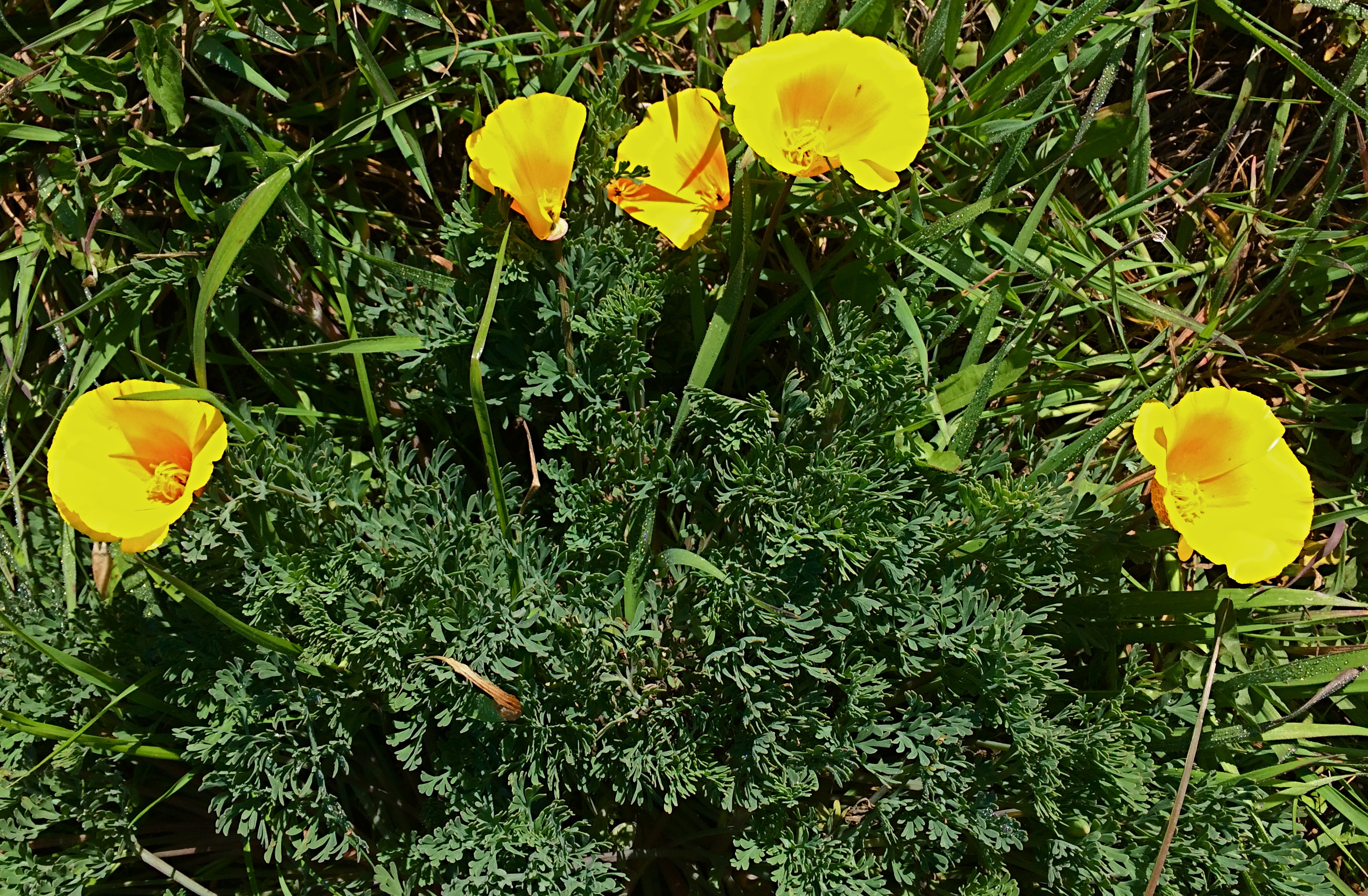|
Californidine
Californidine is an alkaloid with the molecular formula C20H20NO4+. It has been isolated from extracts of the California poppy (''Eschscholzia californica''), from which it gets its name, and from other plants of the genus ''Eschscholzia''. Pharmaceutical use Because of the sedative, anxiolytic, and analgesic effects, the herb California Poppy ''Eschscholzia californica'', the California poppy, golden poppy, California sunlight or cup of gold, is a species of flowering plant in the family Papaveraceae, native to the United States and Mexico. It is cultivated as an ornamental pla ... (Amapola de California, Eschscholzia californica, Pavot d'Amérique, Pavot d'Or, Pavot de Californie, Poppy California, Yellow Poppy) is currently sold in pharmacies in many countries. Horticulturalist Alys Fowler wrote in 2022 that the California poppy "makes the most wonderful tea. You can use aerial parts: flowers, stems, leaves, fresh or dried. It is a gentle tea that can reduce anxi ... [...More Info...] [...Related Items...] OR: [Wikipedia] [Google] [Baidu] |
California Poppy
''Eschscholzia californica'', the California poppy, golden poppy, California sunlight or cup of gold, is a species of flowering plant in the family Papaveraceae, native to the United States and Mexico. It is cultivated as an ornamental plant flowering in summer (spring in southern Australia), with showy cup-shaped flowers in brilliant shades of red, orange and yellow (occasionally pink and white). It is also used as food or a garnish. It became the official state flower of California in 1903. Description California Poppy is a perennial or annual plant growing to tall with alternately branching glaucous blue-green foliage. The leaves are alternately divided into round, lobed segments. The flowers are solitary on long stems, silky-textured, with four petals, each petal long and broad; flower color ranges through yellow, orange and red (with some pinks). Flowering occurs from February to September in the northern hemisphere (spring, summer, fall). The petals close at nigh ... [...More Info...] [...Related Items...] OR: [Wikipedia] [Google] [Baidu] |
California Poppy
''Eschscholzia californica'', the California poppy, golden poppy, California sunlight or cup of gold, is a species of flowering plant in the family Papaveraceae, native to the United States and Mexico. It is cultivated as an ornamental plant flowering in summer (spring in southern Australia), with showy cup-shaped flowers in brilliant shades of red, orange and yellow (occasionally pink and white). It is also used as food or a garnish. It became the official state flower of California in 1903. Description California Poppy is a perennial or annual plant growing to tall with alternately branching glaucous blue-green foliage. The leaves are alternately divided into round, lobed segments. The flowers are solitary on long stems, silky-textured, with four petals, each petal long and broad; flower color ranges through yellow, orange and red (with some pinks). Flowering occurs from February to September in the northern hemisphere (spring, summer, fall). The petals close at nigh ... [...More Info...] [...Related Items...] OR: [Wikipedia] [Google] [Baidu] |
Alkaloid
Alkaloids are a class of basic, naturally occurring organic compounds that contain at least one nitrogen atom. This group also includes some related compounds with neutral and even weakly acidic properties. Some synthetic compounds of similar structure may also be termed alkaloids. In addition to carbon, hydrogen and nitrogen, alkaloids may also contain oxygen, sulfur and, more rarely, other elements such as chlorine, bromine, and phosphorus.Chemical Encyclopedia: alkaloids xumuk.ru Alkaloids are produced by a large variety of organisms including , , Medicinal plant, plants, an ... [...More Info...] [...Related Items...] OR: [Wikipedia] [Google] [Baidu] |
Eschscholzia
''Eschscholzia'' is a genus of 12 annual or perennial plants in the Papaveraceae (poppy) family. The genus was named after the Baltic German/Imperial Russian botanist Johann Friedrich von Eschscholtz (1793–1831). All species are native to Mexico or the southern United States. Description Leaves are deeply cut, glabrous and glaucous, mostly basal, though a few grow on the stem. Flowers have four yellow or orange petals, and grow at the end of the stem, either alone or in many-flowered cymes. The petals are wedge-shaped, forming a funnel. The two fused sepals fall off as the flower bud opens. There are 12 to numerous stamens. The flowers close in cloudy weather. Seeds are tiny and black, held in long pointed pods that split open when ripe often with enough force to fling the seeds some distance with an audible snap. The taproot gives off a colorless or orange clear juice, which is mildly toxic. Cultivation The best-known species is the California poppy (''Eschscholzia calif ... [...More Info...] [...Related Items...] OR: [Wikipedia] [Google] [Baidu] |
Sedative
A sedative or tranquilliser is a substance that induces sedation by reducing irritability or excitement. They are CNS depressants and interact with brain activity causing its deceleration. Various kinds of sedatives can be distinguished, but the majority of them affect the neurotransmitter gamma-aminobutyric acid (GABA). In spite of the fact that each sedative acts in its own way, most produce relaxing effects by increasing GABA activity. This group is related to hypnotics. The term ''sedative'' describes drugs that serve to calm or relieve anxiety, whereas the term ''hypnotic'' describes drugs whose main purpose is to initiate, sustain, or lengthen sleep. Because these two functions frequently overlap, and because drugs in this class generally produce dose-dependent effects (ranging from anxiolysis to loss of consciousness) they are often referred to collectively as ''sedative-hypnotic'' drugs. Sedatives can be used to produce an overly-calming effect ( alcohol being the m ... [...More Info...] [...Related Items...] OR: [Wikipedia] [Google] [Baidu] |
Anxiolytic
An anxiolytic (; also antipanic or antianxiety agent) is a medication or other intervention that reduces anxiety. This effect is in contrast to anxiogenic agents which increase anxiety. Anxiolytic medications are used for the treatment of anxiety disorders and their related psychological and physical symptoms. Nature of anxiety Anxiety is a naturally-occurring emotion and an innate response of the body to the environmental stimuli. Mild to moderate anxiety would increase level of performance. However, when anxiety levels exceed the tolerability of a person, anxiety disorders may occur. People with anxiety disorders can exhibit fear responses such as defensive behaviors, high levels of alertness and negative emotions, without external stimuli which induce anxiety within an individual. Those with anxiety disorders are also often found to have concurrent psychological disorders, most commonly depression. Anxiety disorders are divided into 6 types in clinical recognition. They are ... [...More Info...] [...Related Items...] OR: [Wikipedia] [Google] [Baidu] |
Analgesic
An analgesic drug, also called simply an analgesic (American English), analgaesic (British English), pain reliever, or painkiller, is any member of the group of drugs used to achieve relief from pain (that is, analgesia or pain management). It is typically used to induce cooperation with a medical procedure. Analgesics are conceptually distinct from anesthetics, which temporarily reduce, and in some instances eliminate, sensation, although analgesia and anesthesia are neurophysiologically overlapping and thus various drugs have both analgesic and anesthetic effects. Analgesic choice is also determined by the type of pain: For neuropathic pain, traditional analgesics are less effective, and there is often benefit from classes of drugs that are not normally considered analgesics, such as tricyclic antidepressants and anticonvulsants. Various analgesics, such as many NSAIDs, are available over the counter in most countries, whereas various others are prescription drugs owing ... [...More Info...] [...Related Items...] OR: [Wikipedia] [Google] [Baidu] |
Alys Fowler
Alys Fowler (born 9 November 1977) is a British horticulturist and journalist. She was a presenter on the long-running BBC television programme ''Gardeners' World''. Early life and education Fowler was born in Silchester, Hampshire, and had a rural childhood. Her father was a doctor, and her mother ran various businesses – she had 200 chickens and sold their eggs, trained gun dogs, and would dog-sit for Londoners. She was influenced by her mother's gardening talents and the degree of self-sufficiency it afforded the family. After leaving Bedales School in 1996, she studied at the Royal Horticultural Society, and the Royal Botanic Gardens, Kew in London, where she became interested in bringing a more organic and accessible aesthetic to landscape gardening. In 1998, she was awarded a Smithsonian Scholarship to study at the New York Botanical Gardens based in the Bronx. Fowler returned to the UK in 1999 to attend University College London, where, in 2002, she completed a master' ... [...More Info...] [...Related Items...] OR: [Wikipedia] [Google] [Baidu] |
TheGuardian
''The Guardian'' is a British daily newspaper. It was founded in 1821 as ''The Manchester Guardian'', and changed its name in 1959. Along with its sister papers ''The Observer'' and ''The Guardian Weekly'', ''The Guardian'' is part of the Guardian Media Group, owned by the Scott Trust Limited, Scott Trust. The trust was created in 1936 to "secure the financial and editorial independence of ''The Guardian'' in perpetuity and to safeguard the journalistic freedom and liberal values of ''The Guardian'' free from commercial or political interference". The trust was converted into a limited company in 2008, with a constitution written so as to maintain for ''The Guardian'' the same protections as were built into the structure of the Scott Trust by its creators. Profits are reinvested in journalism rather than distributed to owners or shareholders. It is considered a newspaper of record in the UK. The editor-in-chief Katharine Viner succeeded Alan Rusbridger in 2015. Since 2018, th ... [...More Info...] [...Related Items...] OR: [Wikipedia] [Google] [Baidu] |
Quaternary Ammonium Compounds
In chemistry, quaternary ammonium cations, also known as quats, are positively charged polyatomic ions of the structure , R being an alkyl group or an aryl group. Unlike the ammonium ion () and the primary, secondary, or tertiary ammonium cations, the quaternary ammonium cations are permanently charged, independent of the pH of their solution. Quaternary ammonium salts or quaternary ammonium compounds (called quaternary amines in oilfield parlance) are salts of quaternary ammonium cations. Polyquats are a variety of engineered polymer forms which provide multiple quat molecules within a larger molecule. Quats are used in consumer applications including as antimicrobials (such as detergents and disinfectants), fabric softeners, and hair conditioners. As an antimicrobial, they are able to inactivate enveloped viruses (such as SARS-CoV-2). Quats tend to be gentler on surfaces than bleach-based disinfectants, and are generally fabric-safe. Synthesis Quaternary ammonium compou ... [...More Info...] [...Related Items...] OR: [Wikipedia] [Google] [Baidu] |
Benzylisoquinoline Alkaloids
Substitution of the heterocycle isoquinoline at the C1 position by a benzyl group provides 1‑benzylisoquinoline, the most widely examined of the numerous benzylisoquinoline structural isomers. The 1-benzylisoquinoline moiety can be identified within numerous compounds of pharmaceutical interest, such as moxaverine; but most notably it is found within the structures of a wide variety of plant natural products, collectively referred to as benzylisoquinoline alkaloids. This class is exemplified in part by the following compounds: papaverine, noscapine, codeine, morphine, apomorphine, berberine, tubocurarine. Biosynthesis (''S'')- Norcoclaurine (higenamine) has been identified as the central 1-benzyl-tetrahydro-isoquinoline precursor from which numerous complex biosynthetic pathways eventually emerge. These pathways collectively lead to the structurally disparate compounds comprising the broad classification of plant natural products referred to as benzylisoquinoline alkaloids (B ... [...More Info...] [...Related Items...] OR: [Wikipedia] [Google] [Baidu] |



_(16750830288).jpg)

